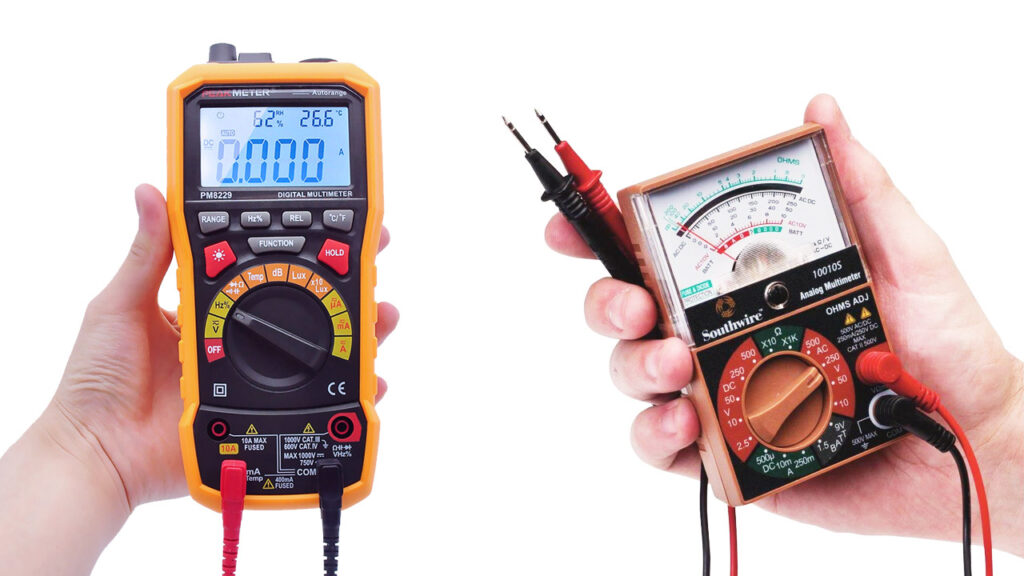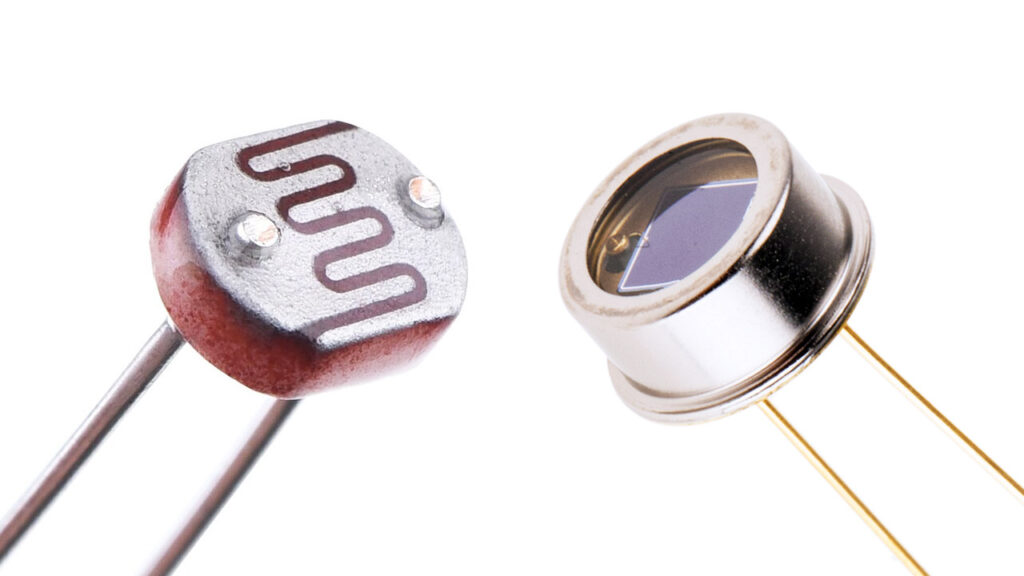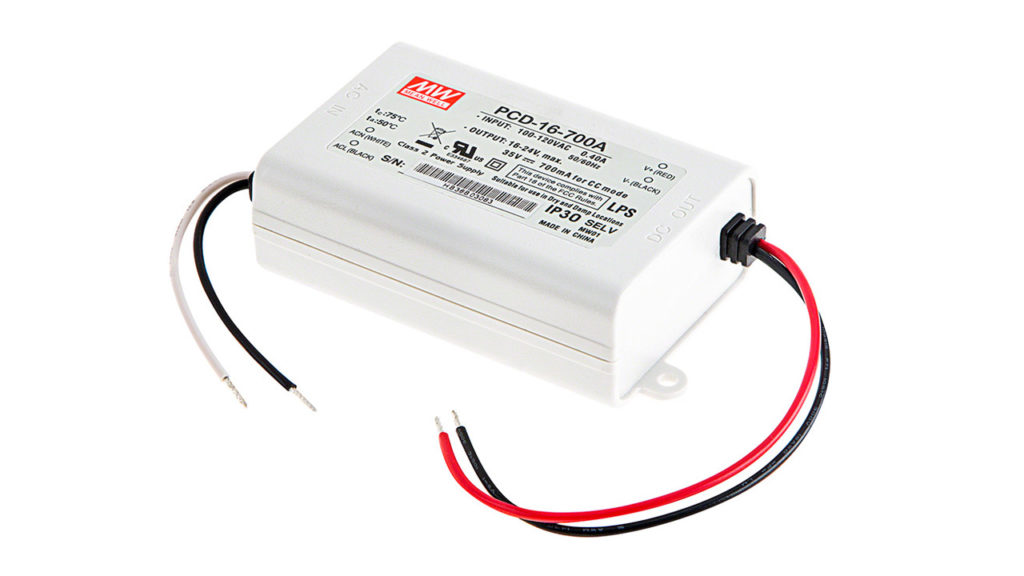What Is the Difference Between Analog and Digital Multimeter?
Multimeter (avometer) is used to measure and test different electrical quantities such as voltage, current, resistance. Multimeters are divided into two as analog multimeter and digital multimeter according to the technology they have.

Multimeter (avometer) is used to measure and test different electrical quantities such as voltage, current, resistance. Multimeters are divided into two as analog multimeter and digital multimeter according to the technology they have.
An analog multimeter is a simple device used to measure voltage, current, and resistance. In the analog multimeter, there is a pointer that moves with the help of the magnetic field created by the change in electric current. The pointer displays the printed value scale on the screen according to magnitude of the voltage, current or resistance.
A digital multimeter, on the other hand, is composed of complex components such as analog-to-digital converter, comparator, encoder, logic controller. The digital multimeter has a digital display for reading the measurement results. The measurement results are displayed on the screen in the form of numerical values.
The digital multimeter can be used to test various electronic components such as diodes, transistors, capacitors as well as measuring basic electrical quantities.
Digital multimeters measure more accurately than analog multimeters. Standard analog multimeters usually measure with ± 3% accuracy. Digital multimeters can reach ± 0.5% accuracy. Analog multimeters are also less accurate due to inaccurate pointer readings.
For measurements of different magnitudes in both analog and digital multimeters, the measuring range is selected by turning the selection knob. For example; To measure 12V DC voltage, the selection button should be set to 20V DC, which is an upper voltage range, and 600V AC to measure 380V AC voltage. Many modern digital multimeters have an autorange feature.
In case of reverse polarity in analog multimeters, the pointer tries to deviate to the left. This may damage the multimeter. Digital multimeters can show negative (minus) values.
The analog multimeter does not need a battery for current and voltage measurement. The battery is only required for resistance measurement. A digital multimeter requires a battery for all measurements.
Analog multimeters can be calibrated manually. Digital multimeters require automatic calibration.
Analog and digital multimeters are mostly small and portable. There are also advanced desk-type multimeters that can measure up to a very high degree of accuracy. Multimeters are used to detect electrical problems in a wide variety of applications such as electrical appliances, power supplies, motor controls and wiring systems.






